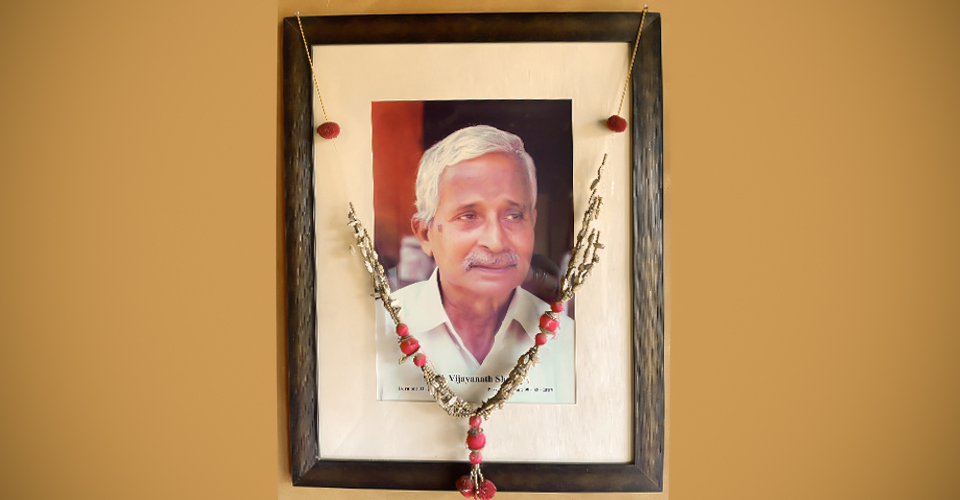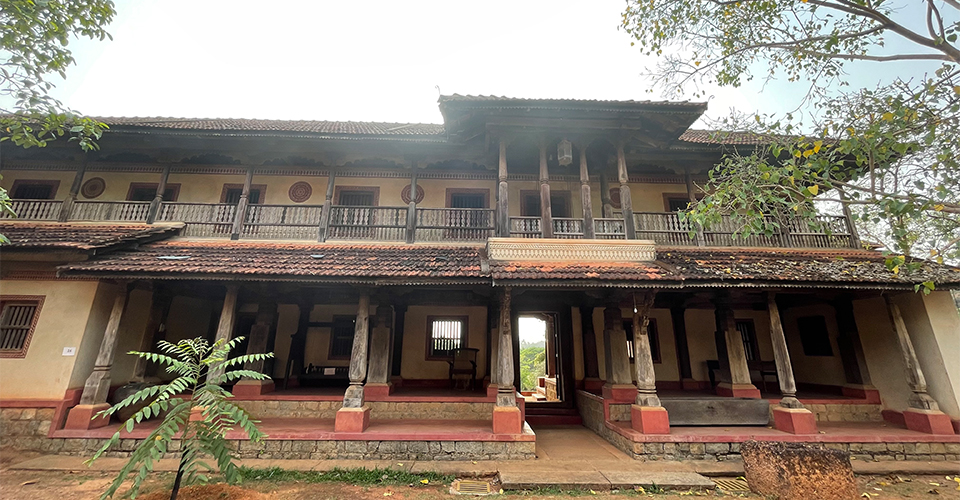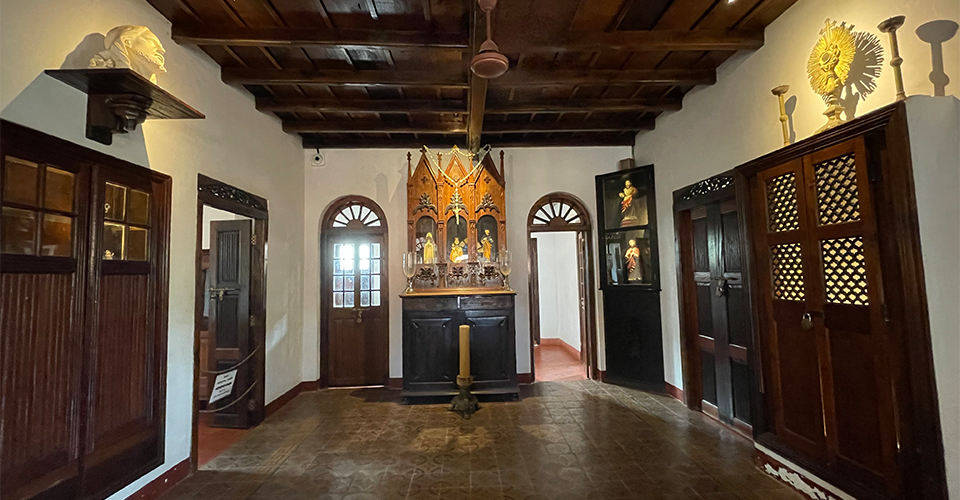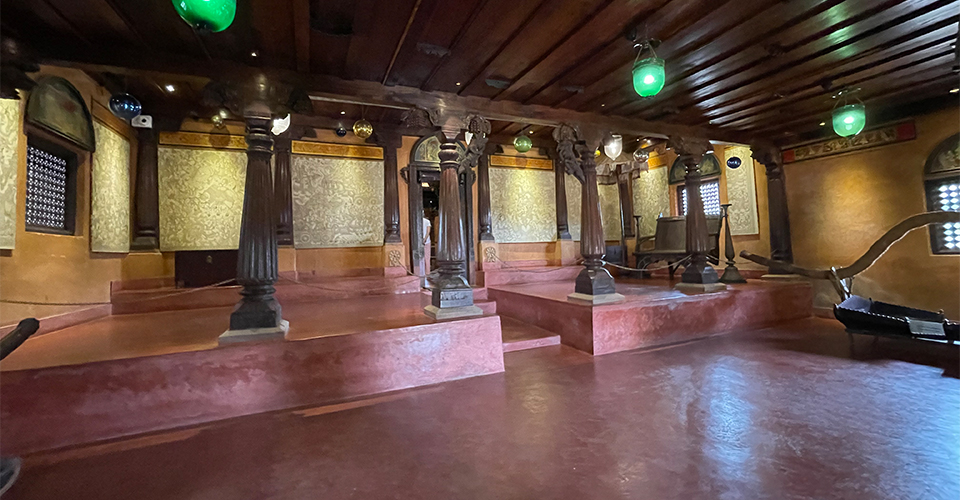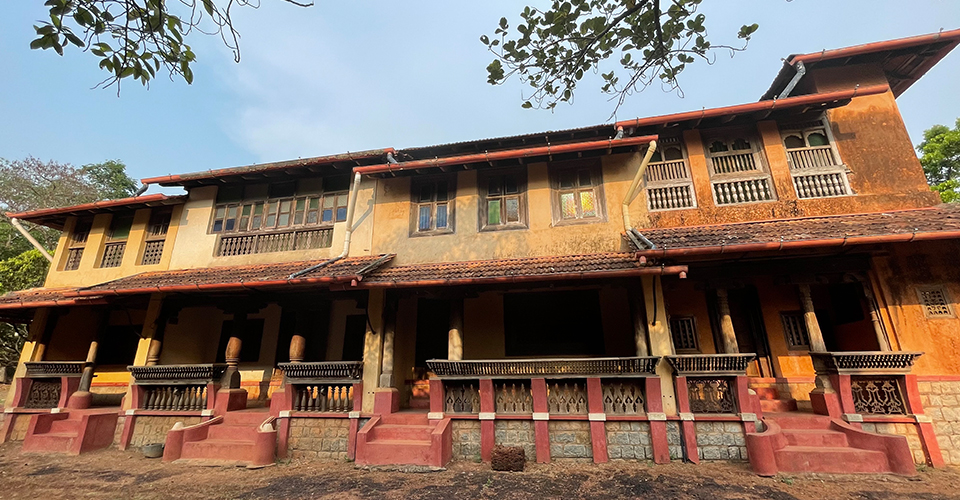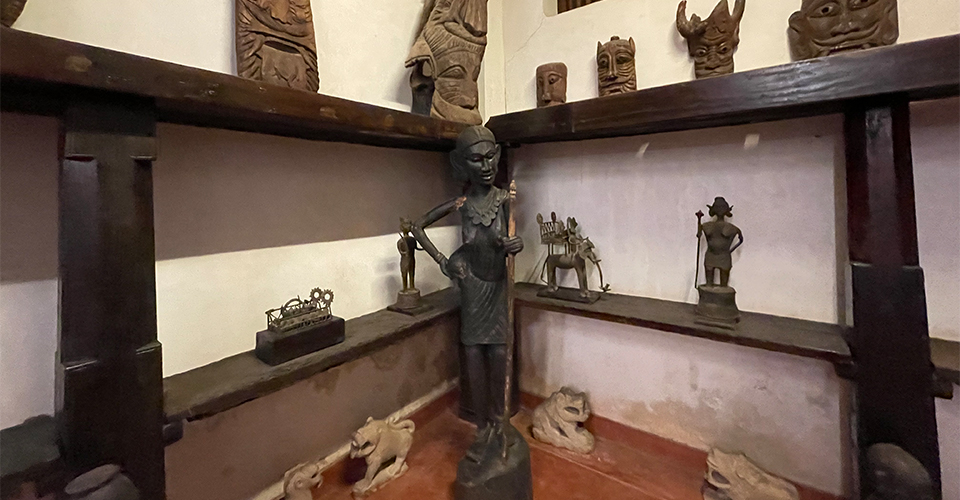Hasta Shilpa Kala –a heritage and architectural marvel
About Hasta Shilpa Kala Village
Walkthrough the quaint lanes of Manipal in the Udupi district and enter a place Hasta Shilpa Kala Village near Christ Church. One may ask is Hasta Shilpa Kala village a museum? The answer is yes and no. It is an unusual open-air museum featuring Indian heritage, artifacts, and culture from the golden era. A spectacular museum of traditional houses, artifacts, textiles, utensils, furniture, crafts, and toys.
A spectacular visualization of bringing together and restoring the heritage structure to its original glory, preserving them, and showcasing them to researchers and people of similar interest. Hasta Shilpa Kala will amaze you for sure but is not an amusement park or a picnic spot. It is purely an academic institution, run by a trust with absolutely no commercial activities inside the premises.
The story of Hasta Shilpa Kala Village
Born in Udupi, Vijayanath Shenoy went around looking for designs and materials from ancestral homes in nearby places to construct his house with a traditional architectural style. A simple banker, passionate about heritage and culture started to construct his house hunting every nook and corner to collect discarded ancient pieces. To his surprise and shock, he observed that many ancient heritage abodes were brought down as the owners were not able to take care of them, could not afford to maintain them, or due to westernization. He started this project at the age of 60 and in 2017 Shenoy left for a heavenly abode after successfully restoring 17 ancestral homes from Karnataka, Kerala, and Andhra Pradesh with Karnataka-style architecture and a monastery along with priceless artifacts, and collections from the bygone time.
Shenoy’s keen interest in heritage and architecture gave birth to Hasta Shilpa Kala village. Located in Manipal on a sprawling 6 acres of land on lease from the government of Karnataka is now home to 18 heritages houses relocated and restored almost 80 % to their original glory. It takes about a year or so with the help of traditional experienced artisans skilled with craftsmanship who can carry on the legacy of the times.
Each house is four times costlier than its original price with the procedure in different stages like documentation, dismantling, transporting, and finally restoring.
Shenoy had no idea that he would initiate to have so many houses and museums restored in one place. He approached the local government authorities with his innovative idea and was granted 6 acres of land in 1993. The rest of the funding came from the Norwegian, Finland, and Denmark embassies pitched in under their CSR projects to protect the heritage of the country. The Hasta Shilpa Kala village was also supported by the Karnataka government and some other private agencies for the maintenance and installations.
What to see
The village takes you into India’s rich heritage, culture, supreme craftsmanship, and architecture. Witness and admire the beauty of 18 heritage houses from Malnad, South and North Canara, and a few from historical North Karnataka. Traditional Shrines from various parts of Karnataka including the 13th-century Harihara Mandir will leave you in awe. Admire the rare collection of Tribal Art from Bastar-Chattisgarh and folk deities of South Canara being the main attraction. Each house, each museum, and every pillar or courtyard tells a story. Few of the abodes you will not want to miss as not only you will know the stories attached but also you can still feel the vibes and positivity in them.
Although every house cannot be described in detail, a few of the major ones are listed here.
Mudhol Palace
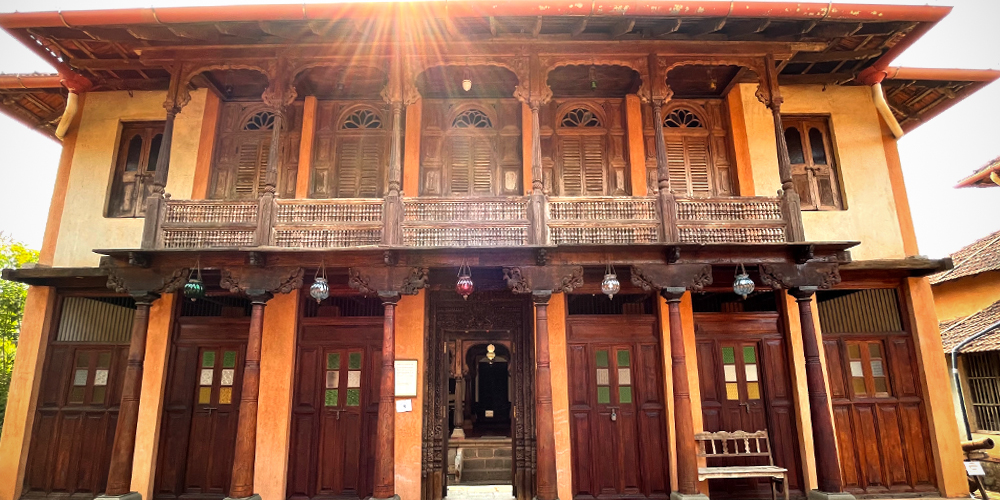
Mudhol Palace
An amazingly beautiful blend of Maratha and Rajasthani styles of architecture, Mudhol Palace was transported from the Bagalkot district. This 19th-century marvel with intricately carved doors and colorful vibrant windows is restored to its original glory with all the grandeur.
Kamal Mahal of Kukanoor Mudhol Palace
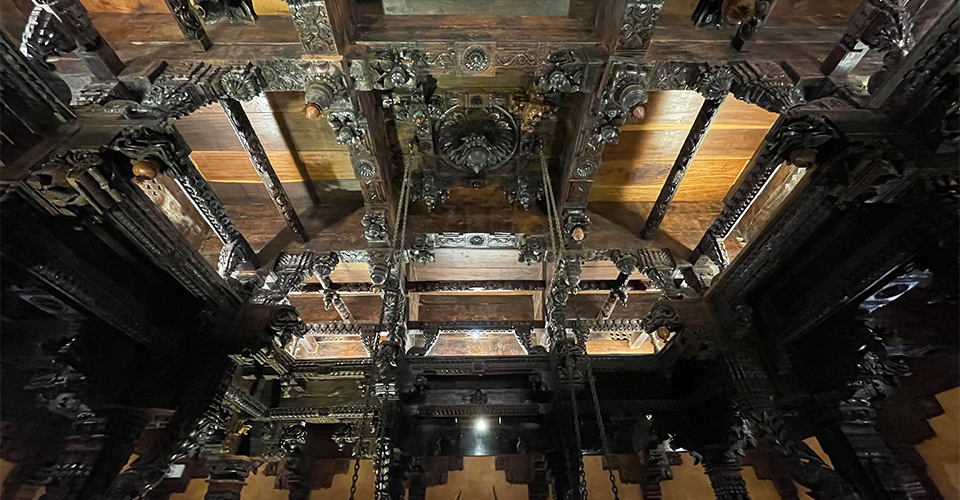
Kamal Mahal of Kukanoor Mudhol Palace
An unbelievable 1341 marvel, Kamal Mahal was built in the Kakanoor district of Karnataka depicting the essence of the Vijayanagara Kingdom. This was the private office of a military chief governor of the Vijayanagara Kingdom.
Deccan Nawabi Mahal
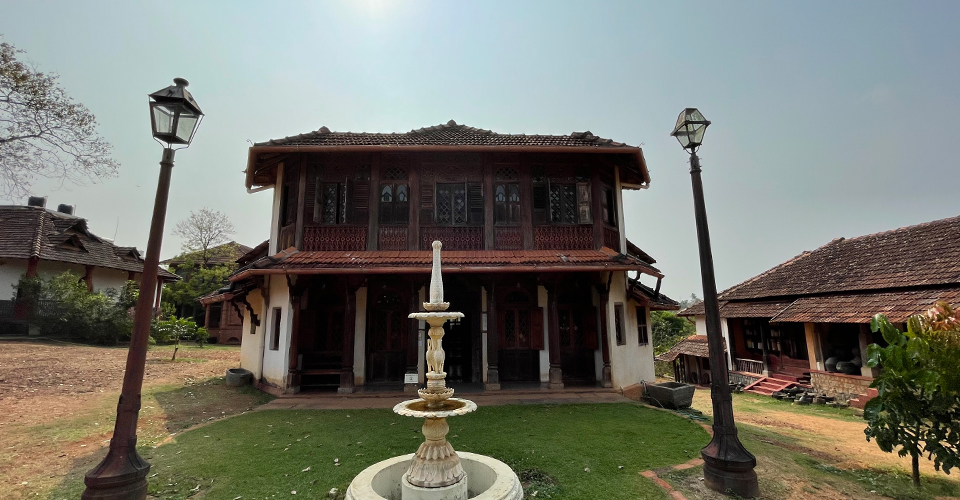
Deccan Nawabi Mahal
As the name says, the Deccan Nawabi Mahal reflects the grand and lavish lifestyles of the Nawabs of the Barid Shahi dynasty in Humnabad. Every piece in the mahal was so tastefully picked up from various parts of the world. Belgian glass windows, German Tiles, a British iron staircase, Chandeliers from Austria, imported wines and Ittars ( perfume), and much more reflects the Nawabi style.
Kunjur Chowkimane
Almost 200 years old, Kunjur Chowkimane, a courtyard double-story house was built in Kerala architectural style. The house was planned following a mandala pattern or a grid aligned to the cardinal directions where the center is left open to coincide with the central courtyard. The house of a priest’s family was built to perfection giving room to every detail depending upon the functionality of each room.
Harihara Mandir
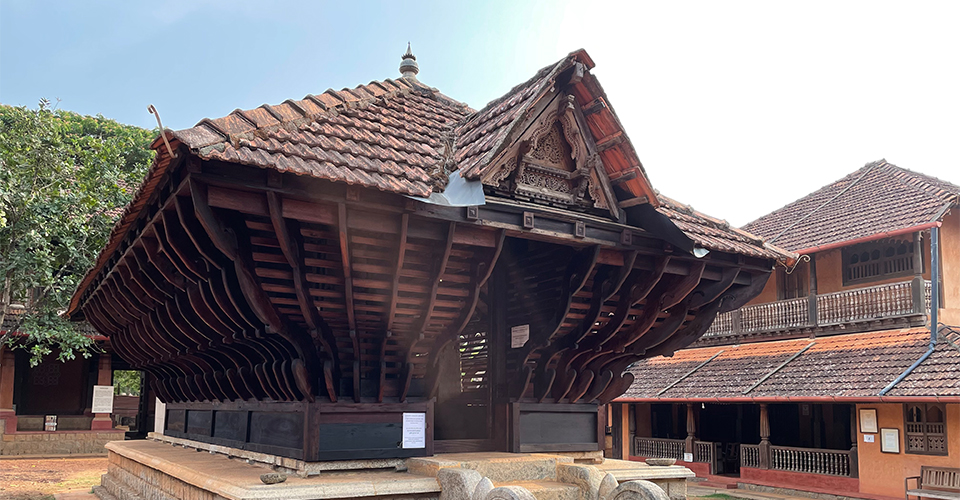
Harihara Mandir
Dating to 1216, Harihara Mandir or temple was built to house Lord Shiva, Goddess Parvati, and Lord Vishnu. This mysterious wooden temple was brought to Hasta Shilpa Kala Village and is believed to still have the idols of the deities. The intricate wooden carvings on roofs and main doors of the sanctum sanctorum are based on the mythological stories of Shiva Puranam and Vishnu Puranam.
Mangalorean Christian House
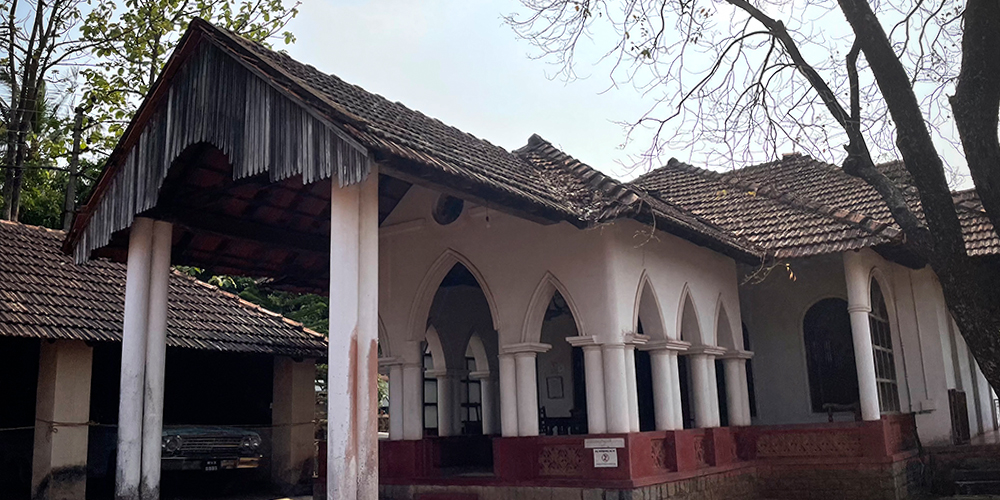
Mangalorean Christian House
A typical Portuguese-influenced Mangalore Christian home drawing inspiration from a Roman Gothic and British culture was transported from Chikamagalur. A classic vintage Impala parked outside this Mangalorean Christian home completes its look. The house belonged to a Christian missionary.
How To Reach?
By Air
Mangalore Airport is the nearest major international airport approximately 60 km from Manipal. Cabs and buses are easily available to reach Hasta Shilpa Kala village. It takes about 45 mins to reach there.
By Train
Manipal is just 2 km away from Udupi Railway station. Auto rickshaws or cabs are easily available from the railway station to Shilpa Kala Village.
By Road
Manipal Bus station can be reached from Bangalore or Mangalore through any KSRTC services. Hasta Shilpa Kala Village is also approachable by buses from Manipal and other stations by road.
Quick Info:
- Winters is the best season. Visit between October to February or carry an umbrella or a hat during summers.
- Wear comfortable footwear preferably slip-on as you need to remove shoes while entering the house.
- Electric vehicles are available to senior citizens and the specially-abled.
- Carry your drinking bottle. Re-fill earthen pots are available at a few places.
- Restrooms are available on the premises.
- No eatables are allowed nor are available inside the premises.
- There is an entry ticket of Rs 300 for adults and Rs 150 for children above 10 years and students accompanying adults. Tickets are available online or at the counter of the museum.
- There is a separate charge on the camera. The ticket for the cameras is Rs 250.
- Museum timings are 10 am till 5 pm. As it takes nearly 2 hours to see the museum, the last ticket issued is at 3 pm.
- The Museum is open on all days except Mondays and holidays.
For more information visit Here



